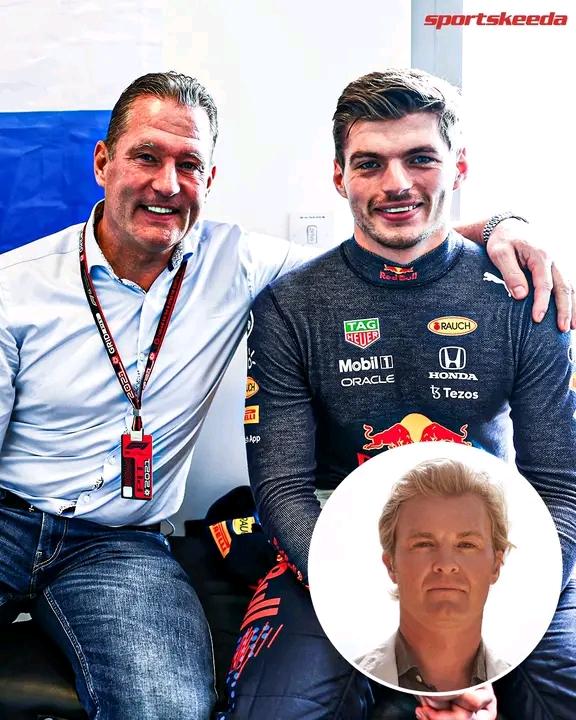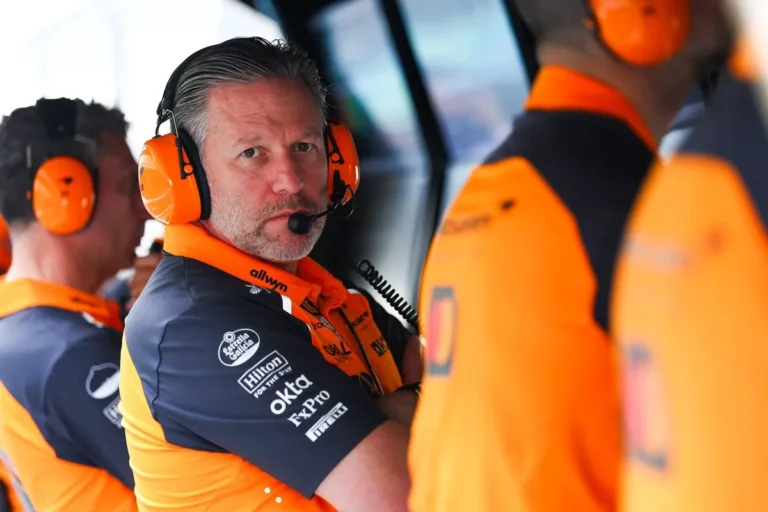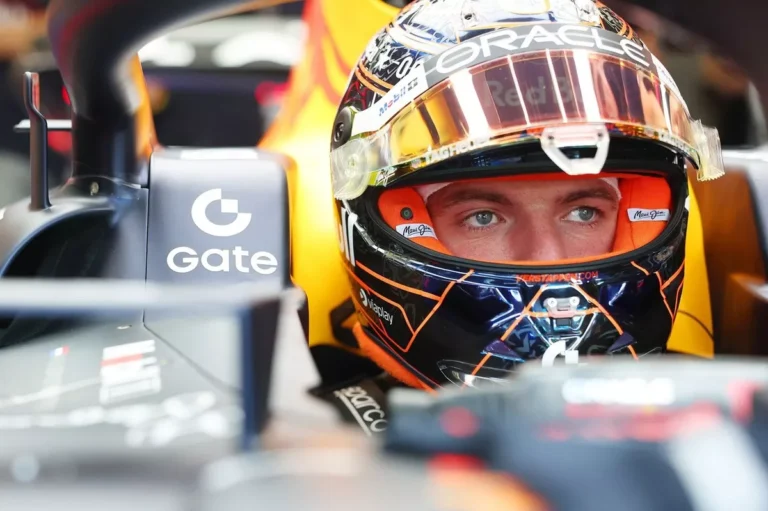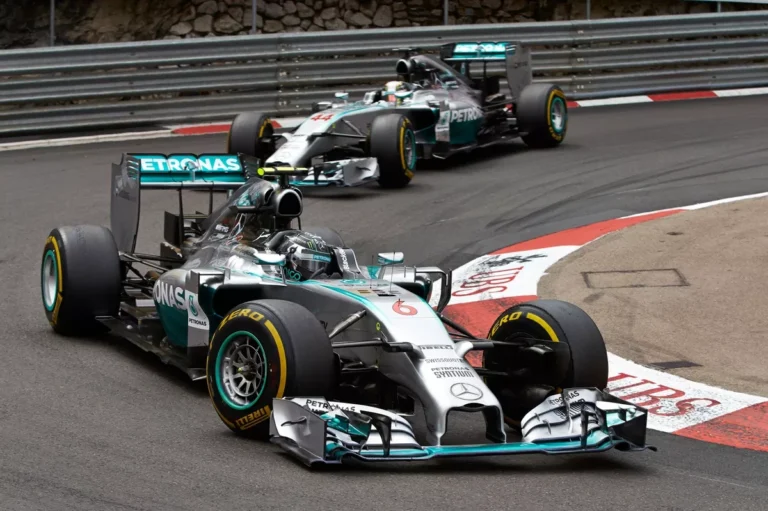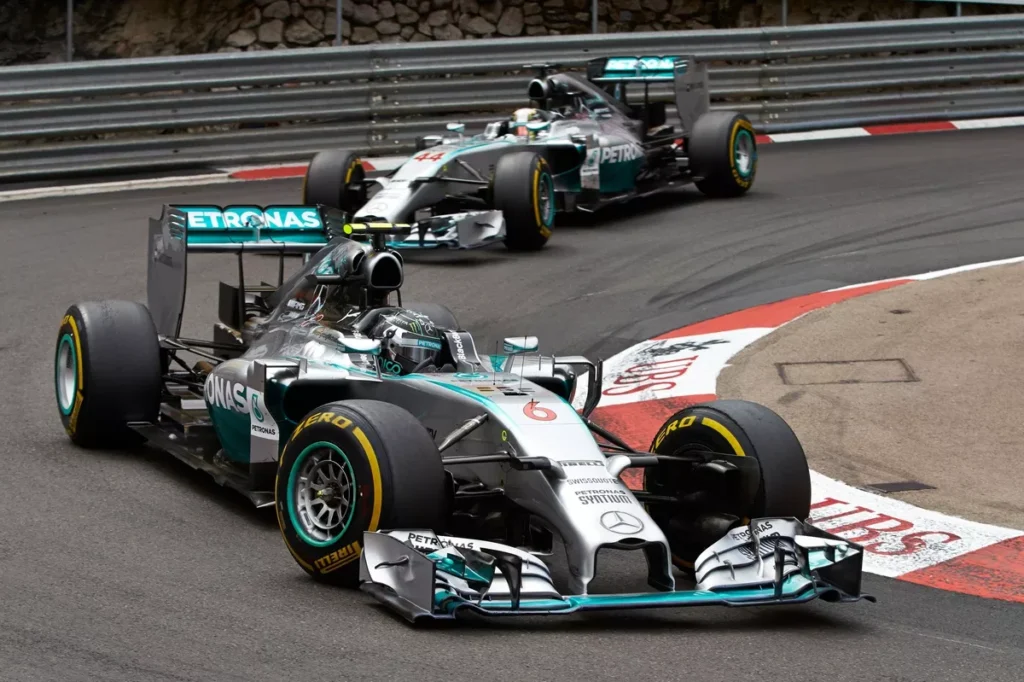
From 2026, Formula 1 will usher in sweeping changes to both its chassis and power unit regulations — a shift many technical directors describe as the sport’s biggest transformation in half a century. While the overhaul promises a new era, some in the paddock worry it could lead to another extended period of dominance by a single team, similar to Mercedes’ run from 2014 to 2020 when its engine proved vastly superior. The FIA, however, remains confident that lessons learned from that era, combined with simpler engine architecture and tighter rules, will prevent one manufacturer from pulling too far ahead.
Nikolas Tombazis, the FIA’s single-seater director, stresses that the new engine design — despite increased electrical output — will be more straightforward than the current version, with the removal of the costly and performance-defining MGU-H. While not as simplified as initially intended due to resistance from manufacturers, the 2026 power units will have stricter limitations and fewer performance gaps. The aim is to lower development costs and create a more even playing field for newcomers and existing teams alike.
Still, the FIA acknowledges that one brand may find an early advantage when the new cycle begins. To counteract this, the governing body has introduced the Additional Development and Upgrade Opportunities (ADUO) system. Under ADUO, performance will be evaluated after the first five races each season. If a manufacturer’s internal combustion engine produces over 3% less power than the best on the grid, they will gain special allowances — including extra development funding, additional dyno testing hours, and the chance to re-homologate certain frozen components. This concession framework is designed to help struggling manufacturers close the gap without removing the competitive edge for others.
Tombazis is clear that ADUO is not a Balance of Performance mechanism, as seen in other racing categories. The rules remain the same for all teams, and the aim is to protect fairness under the budget cap. Without such measures, manufacturers who fall behind — as Honda did in the mid-2010s — could remain uncompetitive for an entire regulation cycle, unable to spend their way back into contention due to cost restrictions. The FIA believes this targeted approach ensures no team is “humiliated” by being permanently stuck at the back of the field.Beyond performance parity, the FIA is also preparing safeguards for teams facing severe reliability problems. Under a proposed initiative, manufacturers who exceed a set number of engine failures would receive cost cap relief, ensuring that breakdowns don’t cripple their ability to develop. While the actual cost of producing the engines remains unchanged, the accounting adjustments would allow teams to focus on fixing issues without breaching financial limits. Together with the simplified power unit formula, these measures aim to ensure Formula 1 remains competitive — and to avoid a repeat of the 2014 scenario where one team’s dominance overshadowed the rest of the grid.
